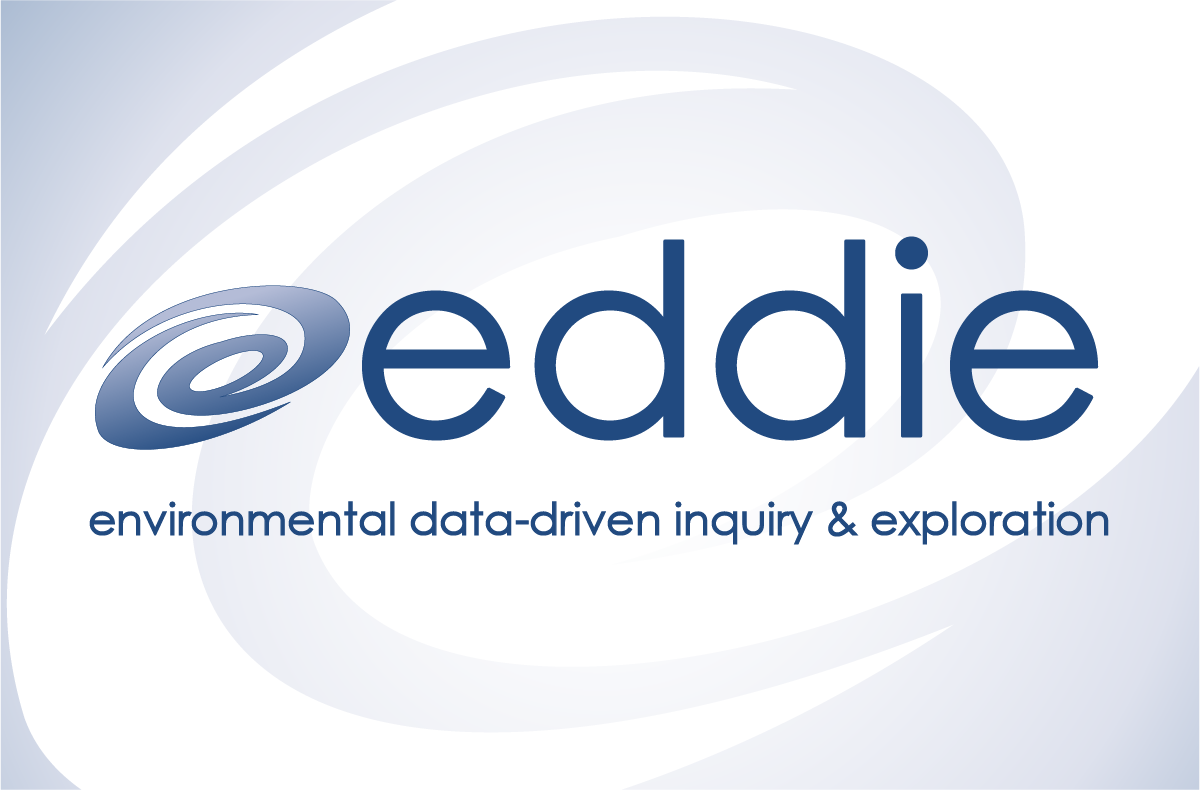1429 total view(s), 1734 download(s)
BK.CMBBHZ.M.1999.213.160500.SAC(SAC | 29 KB)
CI.PASBHZ.M.1999.213.160500.SAC(SAC | 29 KB)
FMNTeachingNotes_EDDIE.docx(DOCX | 16 KB)
Lab 7- Seismology.docx(DOCX | 56 KB)
Earthquake locator-paper seismograms.pdf(PDF | 650 KB)
FMNTeachingNotes_CADIEUX -Seismology.docx(DOCX | 18 KB)
Lab 7- Seismology using paper map for EQ location.pdf(PDF | 273 KB)
- License terms
Description
This module was developed to introduce students to the study of seismology. Students will use seismic signals available through Incorporated Research Institutes for Seismology (IRIS) to learn about how seismic waves change as they move through the earth and determine the epicenter of an earthquake.
Materials needed:
- Slinky
- Smart phone
- Computer
- Internet access
Project EDDIE (Environmental Data-Driven Inquiry & Exploration) is a community effort aimed at developing teaching resources and instructors that address quantitative reasoning and scientific concepts using open inquiry of publicly available data. Project EDDIE modules are designed with an A-B-C structure to make them flexible and adaptable to a range of student levels and course structures.
Notes
Activity A of the module was used (Phone seismometer and introduction to Seismic Canvas). Activity B and C were not used.
This lab was the student’s first introduction to P and S waves. In order to introduce these, I added a slinky activity to model wave motion. After students learned how to use the Seismic Canvas program, I wanted them to use it to find the location of an Earthquake. To do this, they imported CAS files into Seismic Canvas from 3 locations that experienced seismic activity from the Aug 1, 1999 event in Tonopah, Nevada. Using seismic canvas to figure out arrival of P and S waves and time, the distance from epicenter is determined, and students make a circle with distance as radius in Google Earth to figure out the epicenter. This part of the module is modified from an IRIS activity. Two other activities looking at earthquake data on different websites was added to introduce students to the Global Seismogram Viewer and IRIS.
Lab 7-Seismology and DUG, PAS and BK files are needed to complete this lab.
If you would like to do the Earthquake location on paper and not with SeismicCanvas, utilize "Lab 7-Seismology using paper map for EQ location" and the paper seismograms can be found in "Earthquake locator-paper seismograms"
Cite this work
Researchers should cite this work as follows:
- Cadieux, S. B. (2019). Seismology Lab (Project EDDIE). Project EDDIE Faculty Mentoring Network, QUBES Educational Resources. doi:10.25334/XFQ5-WP08
